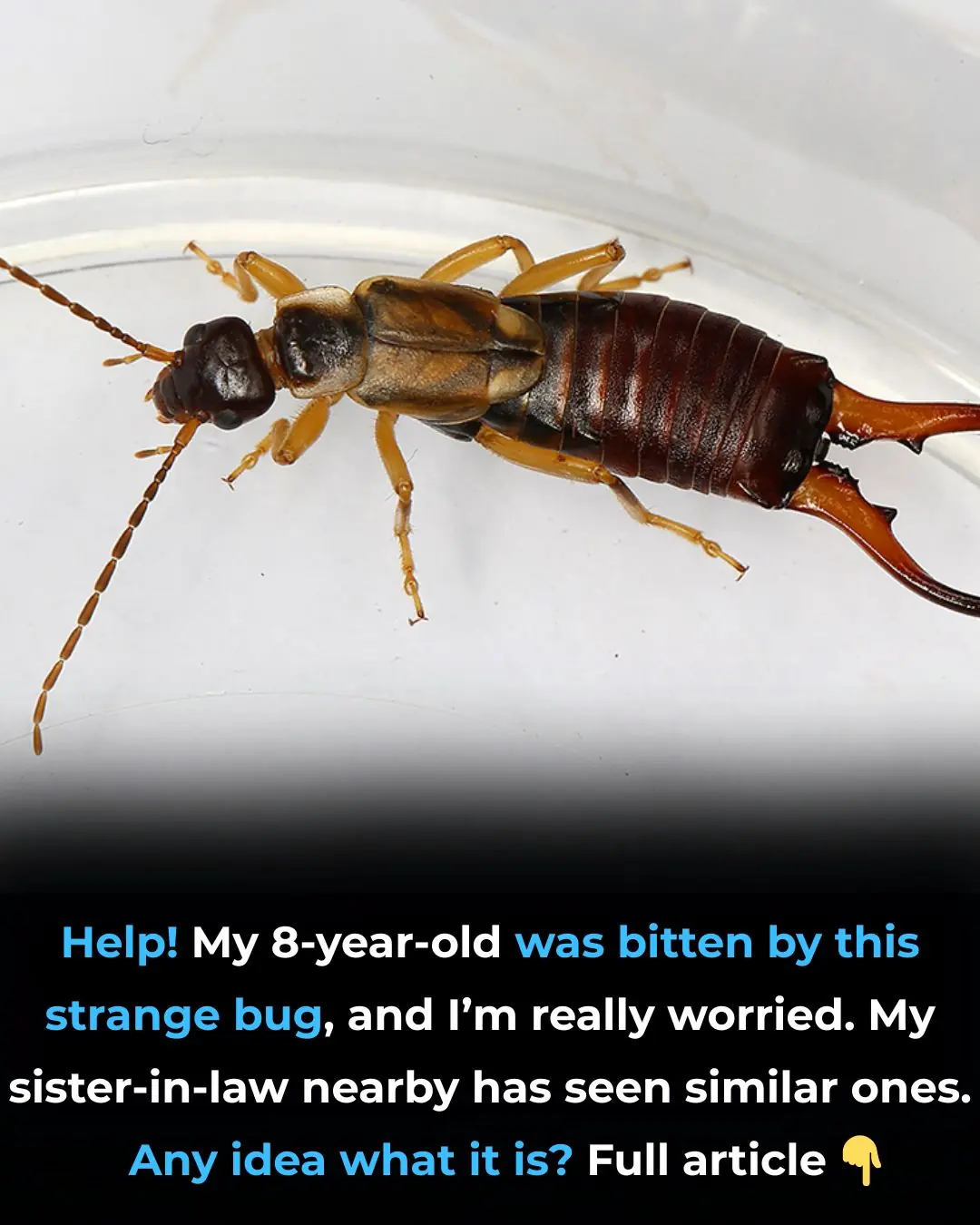
You’re doing it all wrong. Here’s the right way to wash pillows
Pillows play a crucial role in our everyday comfort, offering the support we need for restful, restorative sleep. Yet, they are often the most overlooked part of our bedding when it comes to cleaning. Over time, pillows accumulate dust mites, dead skin cells, body oils, sweat, and bacteria—all of which can contribute to allergies, acne, and even breathing difficulties.
While most people are diligent about washing their sheets and pillowcases, the pillows themselves are frequently neglected. Understanding how to clean your pillows the right way not only improves hygiene but also extends their life and helps you sleep better.
This comprehensive guide covers why clean pillows matter, how to wash them safely, and the best practices for long-term care.
1. 🧼 The Importance of Clean Pillows
Just like your sheets or blankets, pillows can harbor a surprising amount of debris. Research suggests that after two years of use, up to one-third of a pillow’s weight may consist of dust mites, dead skin cells, and microscopic bugs. These unwanted guests can trigger allergies, skin irritation, or sinus congestion, especially for those sensitive to dust or mold.
Regularly washing your pillows:
-
Reduces allergens and irritants
-
Keeps your skin clearer by removing oils and bacteria
-
Improves the smell and freshness of your bed
-
Extends the pillow’s structural integrity and support
Clean pillows don’t just look and feel better—they directly contribute to a healthier sleep environment and higher-quality rest.
2. ⚖️ Why Washing Two Pillows at a Time Matters
Many people don’t realize that washing just one pillow can unbalance your washing machine. An uneven load leads to loud banging noises and unnecessary strain on the motor. Washing two pillows at a time distributes the weight evenly, protecting both your machine and the pillows themselves.
Washing two also allows:
-
Better detergent circulation for a deeper clean
-
Balanced water flow that helps rinse thoroughly
-
Efficient spin cycles that reduce drying time
For front-loading or high-efficiency machines, two pillows are usually ideal. For top-loaders with an agitator, make sure there’s still enough room for the pillows to move freely.
3. 🧴 Choosing the Right Detergent
Not all detergents are pillow-friendly. Powder detergents can leave behind residue that’s difficult to rinse out, especially from dense pillow fillings. Instead, choose a mild liquid detergent, ideally free from dyes, perfumes, and harsh chemicals.
Tips:
-
Use about one tablespoon of detergent for a full load.
-
Avoid bleach unless the care label specifically allows it—it can break down fabric fibers.
-
For sensitive skin or allergies, choose a hypoallergenic or baby-safe detergent.
This helps ensure your pillows come out clean, soft, and free from irritants.
4. 🔄 The Benefits of a Gentle Wash Cycle
Pillows are delicate. Using a harsh or fast spin cycle can damage the filling—especially with down, feather, or memory foam pillows. The gentle or delicate cycle uses less agitation and slower spin speeds, preserving the pillow’s shape and structure.
If your pillow contains down or synthetic fill, always check the label first. Memory foam pillows generally should not be machine-washed; instead, spot-clean them with a mild soap solution and let them air dry.
5. 💧 Why You Should Never Skip the Extra Rinse
One of the most overlooked steps in pillow care is the extra rinse cycle. Even when detergent seems rinsed away, traces can linger deep in the filling. This residue can stiffen the fabric, irritate your skin, and attract more dirt over time.
Adding an extra rinse:
-
Ensures complete detergent removal
-
Leaves pillows feeling softer and fresher
-
Reduces buildup that can trap odors later
It’s a small step that makes a big difference in the final result.
6. 🌬️ The Right Way to Dry Pillows
Proper drying is absolutely essential—damp pillows can quickly develop mold, mildew, or unpleasant odors. After washing, gently press your pillows between clean towels to remove excess moisture. Avoid twisting or wringing, which can damage the filling or seams.
Dry on low heat or air-fluff mode. It may take several cycles for thick pillows to dry completely, but patience pays off. To test dryness, press the center of the pillow—if it feels cool or damp, run another cycle.
Drying fully is not just about comfort; it’s about hygiene and longevity.
7. 🎾 How Tennis Balls Help During Drying
This classic laundry trick really works! Adding a few clean tennis balls (or dryer balls) to your dryer helps fluff and aerate the filling. The bouncing motion breaks up clumps and keeps the pillow evenly distributed.
For best results:
-
Place tennis balls inside clean white socks to avoid color transfer.
-
Use two or three balls for even fluffing.
-
Stop and shake the pillows halfway through the cycle to redistribute the filling.
You’ll notice your pillows come out softer, fuller, and more comfortable.
8. ⏰ How Often Should You Wash Your Pillows?
Most experts recommend washing pillows every 6 months. However:
-
If you suffer from allergies or asthma → wash every 3 months
-
If you sweat heavily or have pets → wash more frequently
-
Pillow protectors can extend time between washes
Even with proper cleaning, pillows lose their shape and support over time. Replacing them every 1–2 years ensures consistent comfort and hygiene.
9. ⚠️ Common Mistakes to Avoid
Avoid these common pillow-washing errors to keep them in top condition:
❌ Using too much detergent — leaves residue and stiffens fabric
❌ Skipping the extra rinse — causes skin irritation
❌ Not drying completely — invites mildew growth
❌ Using high heat — damages filling and fabric
❌ Washing with heavy items (like towels or jeans) — causes tearing or deformation
Always read the manufacturer’s care tag; different pillow types (down, foam, polyester) have different requirements.
10. 🌟 Viral Cleaning Hacks: What Works and What Doesn’t
Social media is full of “pillow-cleaning hacks,” but not all are effective—or safe. For example:
-
Baking soda and vinegar can neutralize odors, but they’re not enough for deep cleaning.
-
Hot water soaks may sanitize, but can ruin delicate fillings.
Stick to proven, gentle methods: mild detergent, low heat, and tennis balls in the dryer. Remember, proper technique beats viral trends every time.
11. 🛏️ Long-Term Pillow Care Tips
To keep your pillows fresh and supportive between washes:
-
Use pillow protectors under pillowcases to block sweat and dust mites.
-
Fluff daily to redistribute the filling and maintain shape.
-
Rotate and flip every few weeks to prevent uneven wear.
-
Air out your pillows in sunlight occasionally to kill bacteria and odors naturally.
These simple habits extend your pillow’s lifespan and ensure your sleeping surface stays clean and inviting.
🧘♀️ Final Thoughts: Rest Easy on a Fresh Pillow
A clean pillow doesn’t just feel better—it improves your sleep quality, skin health, and overall well-being. By following these care steps, you can ensure your pillows stay hygienic, fluffy, and supportive for years to come.
The next time you wash your bedding, don’t forget your pillows—they deserve as much care as the rest of your sleep sanctuary.
Your body (and your dreams) will thank you.
News in the same category

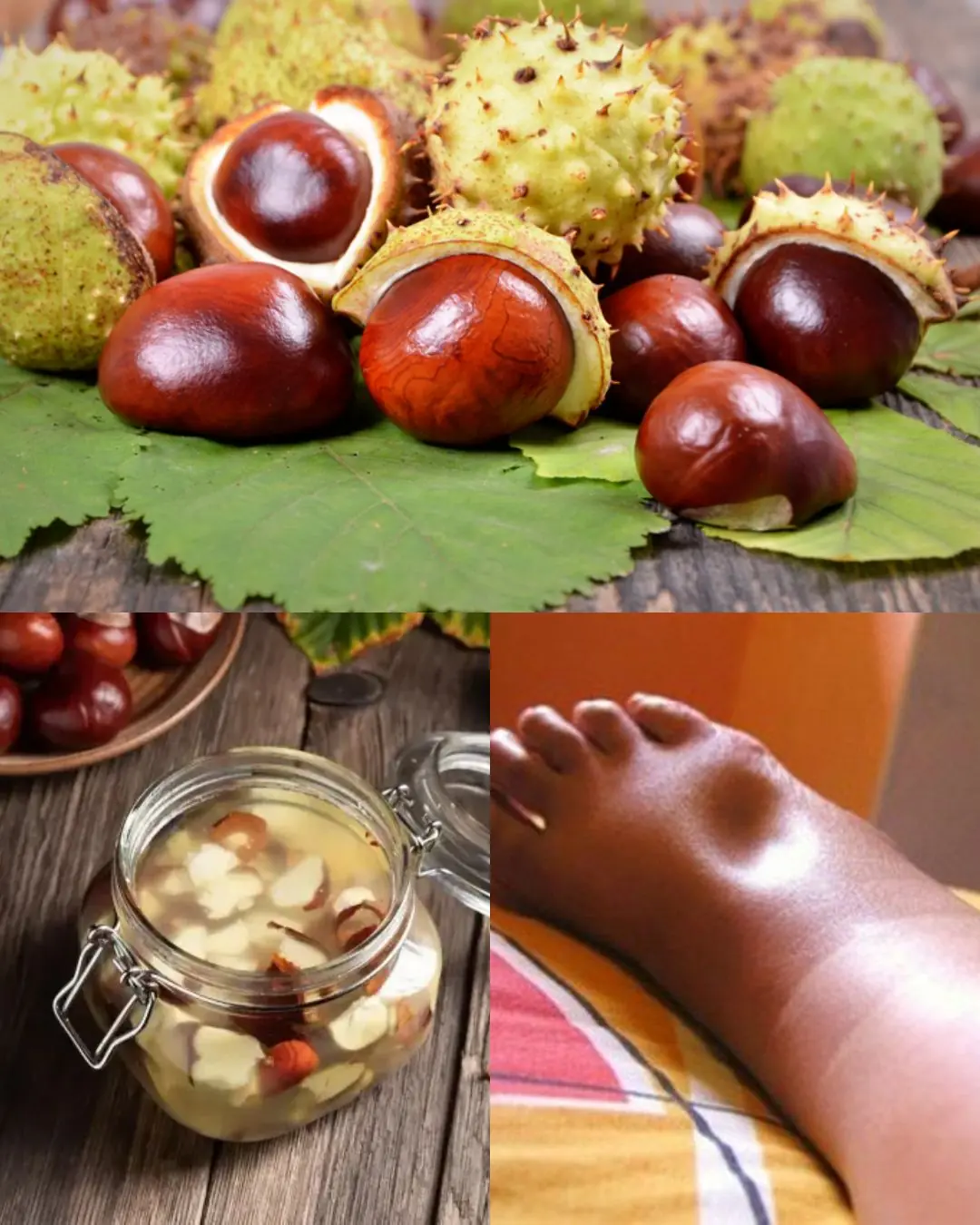
Horse Chestnut: The Strongest Natural Remedy for Swollen Legs and More…
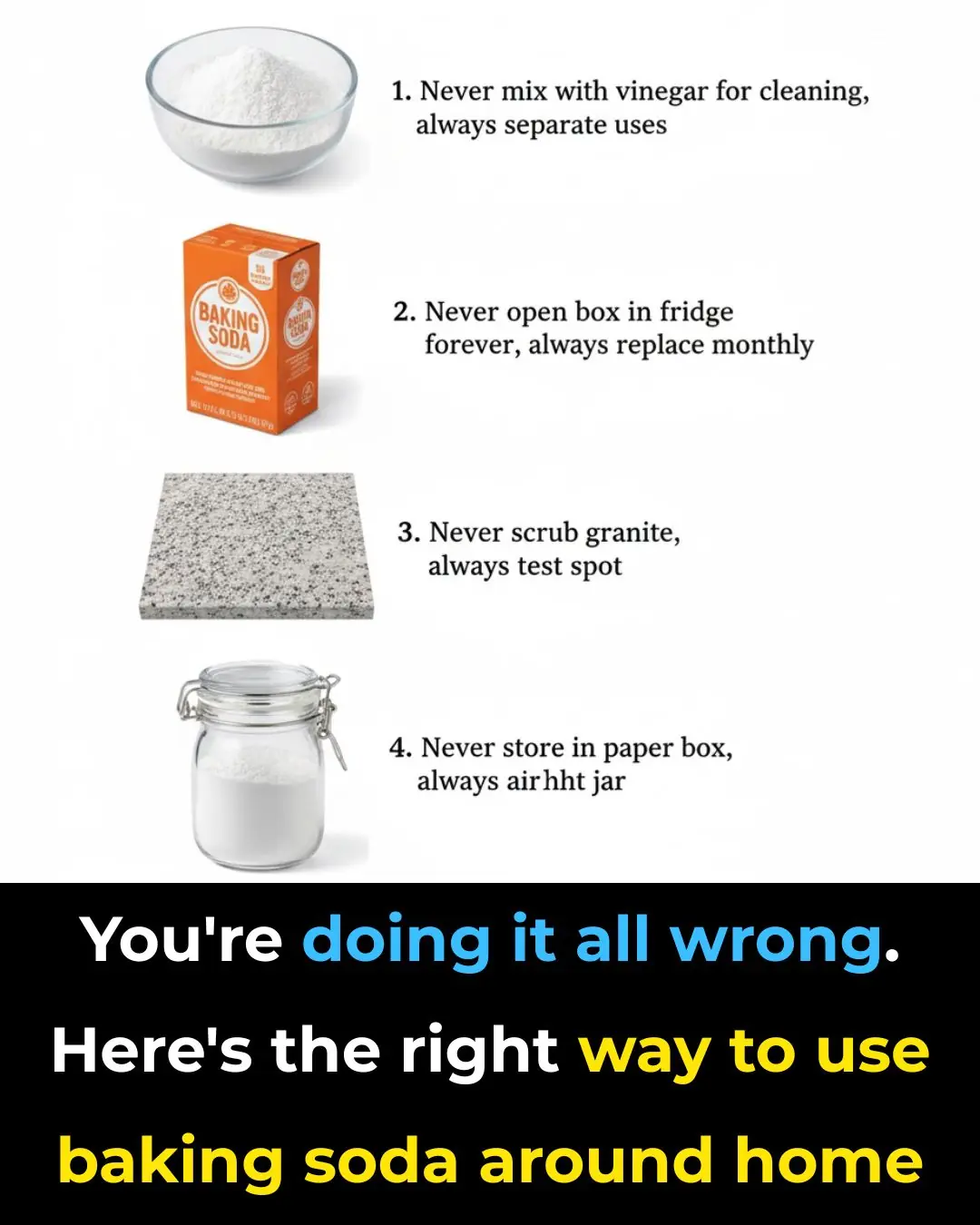
These ideas are brilliant
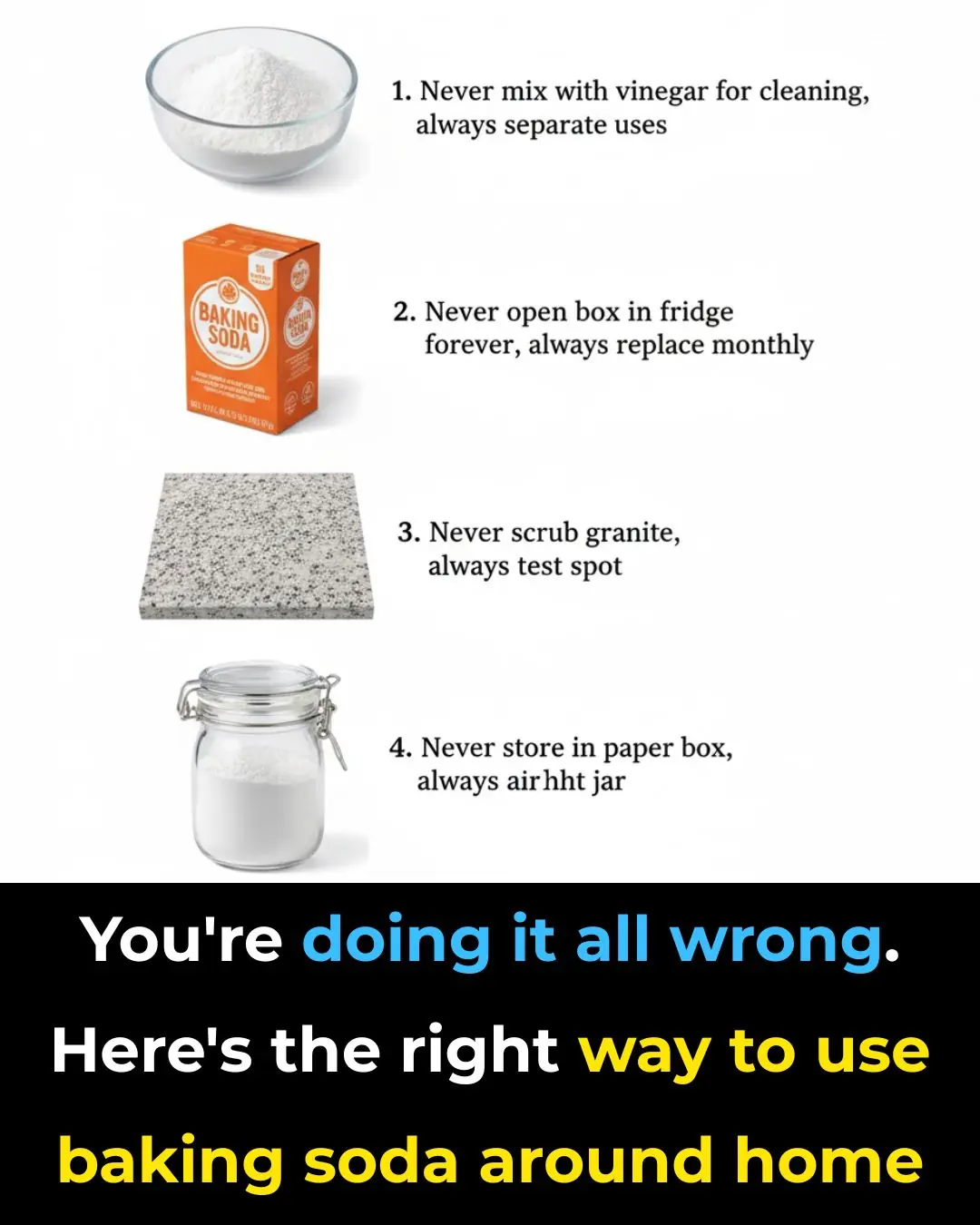
You’re doing it all wrong. Here’s the right way to use baking soda around home

Keeping these 4 things on your bedside table can easily cause insomnia and hair loss
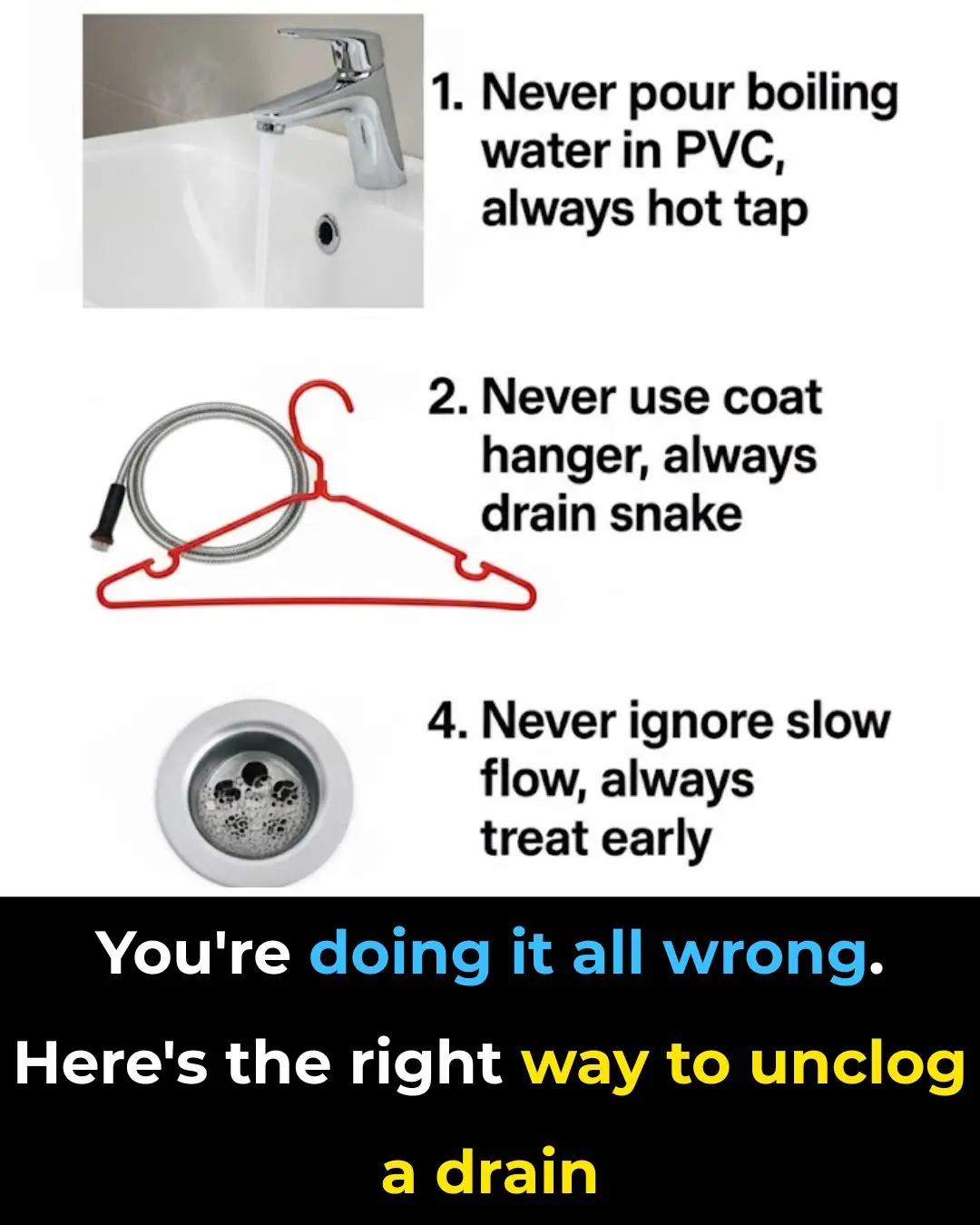
You’re doing it all wrong. Here’s the right way to unclog a drain
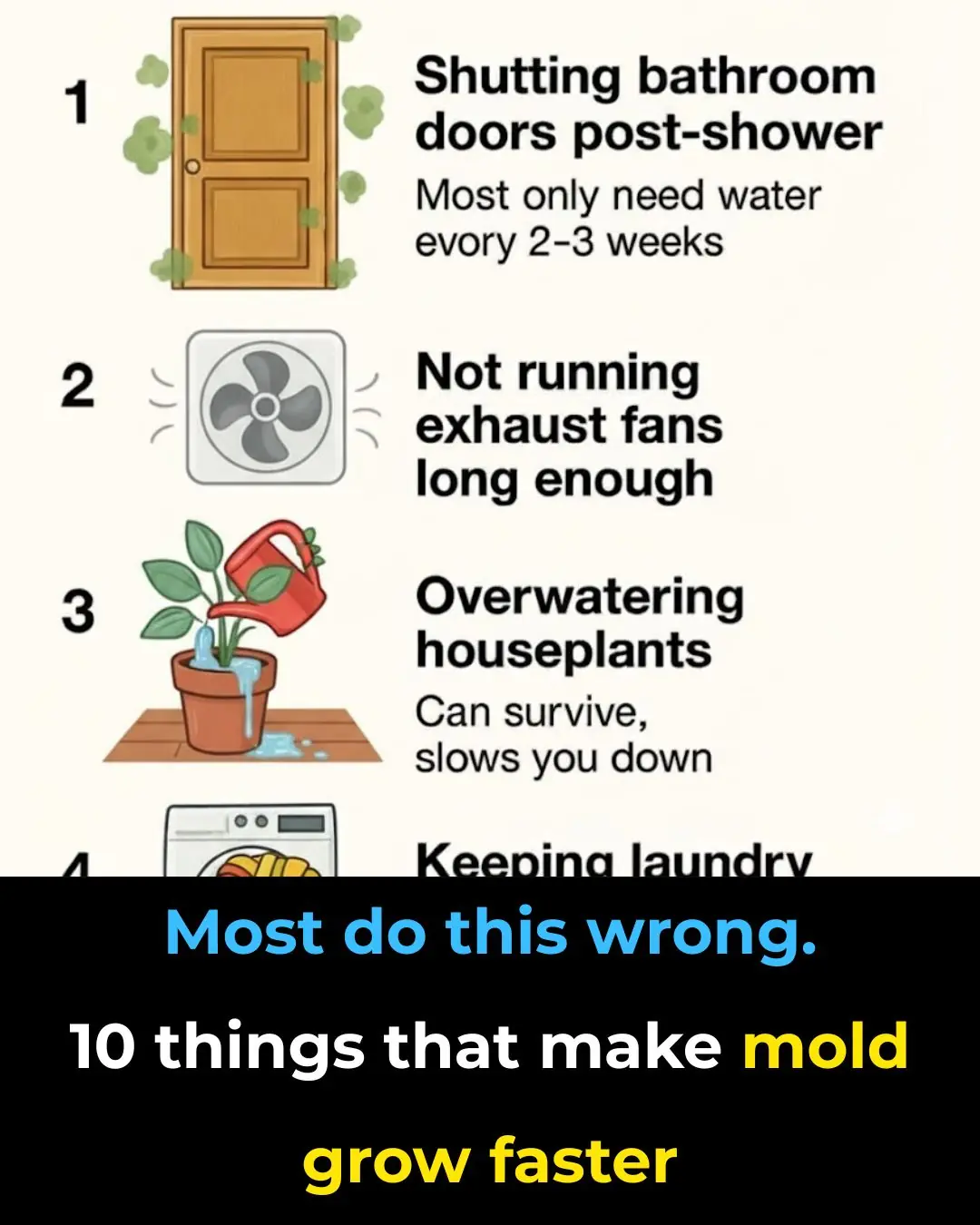
Most do this wrong. 10 things that make mold grow faster

How to make bean sprouts without watering, in just over 2 days you will have big, white bean sprouts

The 'immortality' vegetable grows wild in gardens and is extremely good for the lungs, but Vietnamese people dislike its strange smell so they rarely use it.

Eat okra regularly: These are the "golden" benefits that you should not ignore.
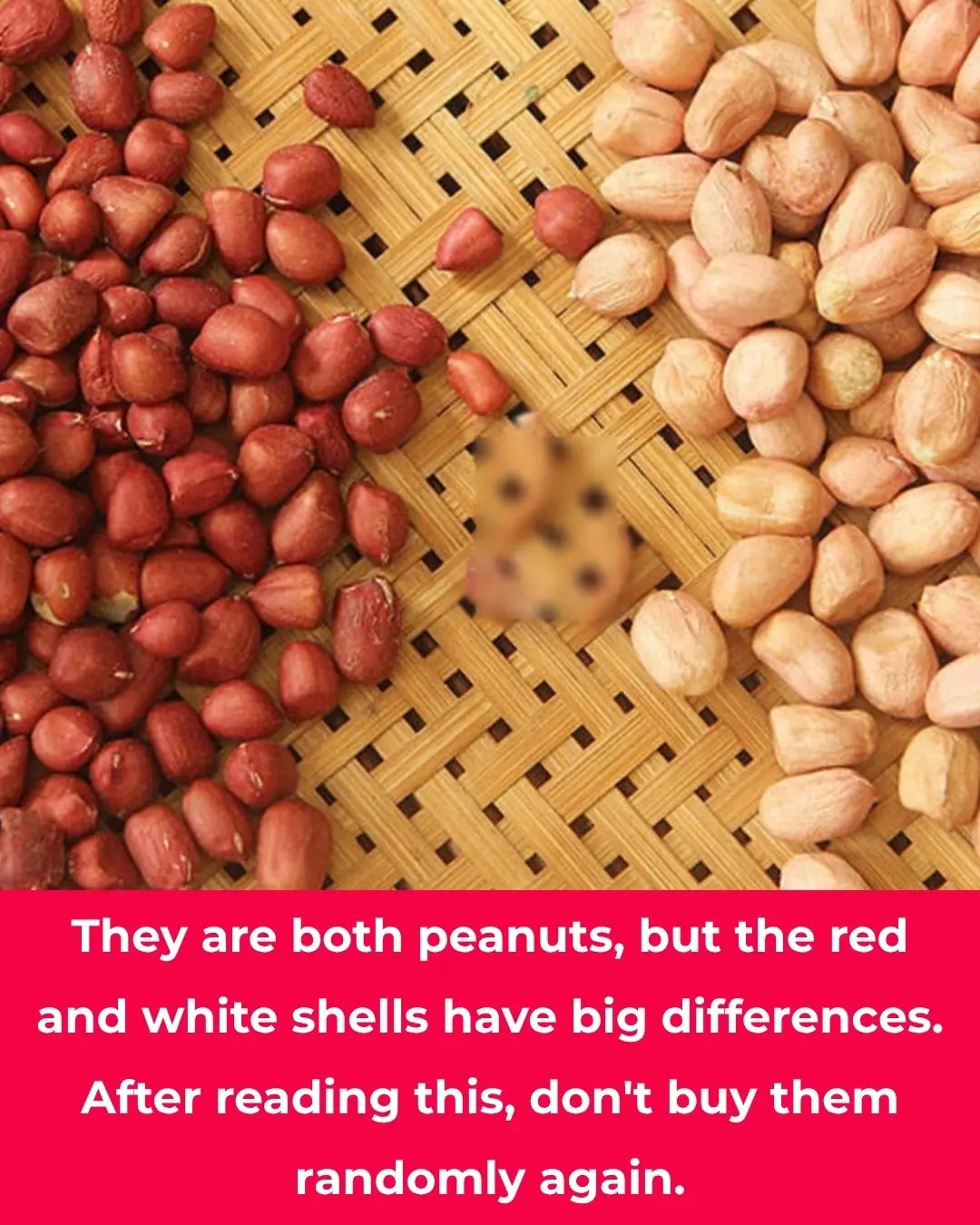
They are both peanuts, but the red and white shells have big differences. After reading this, don't buy them randomly again.
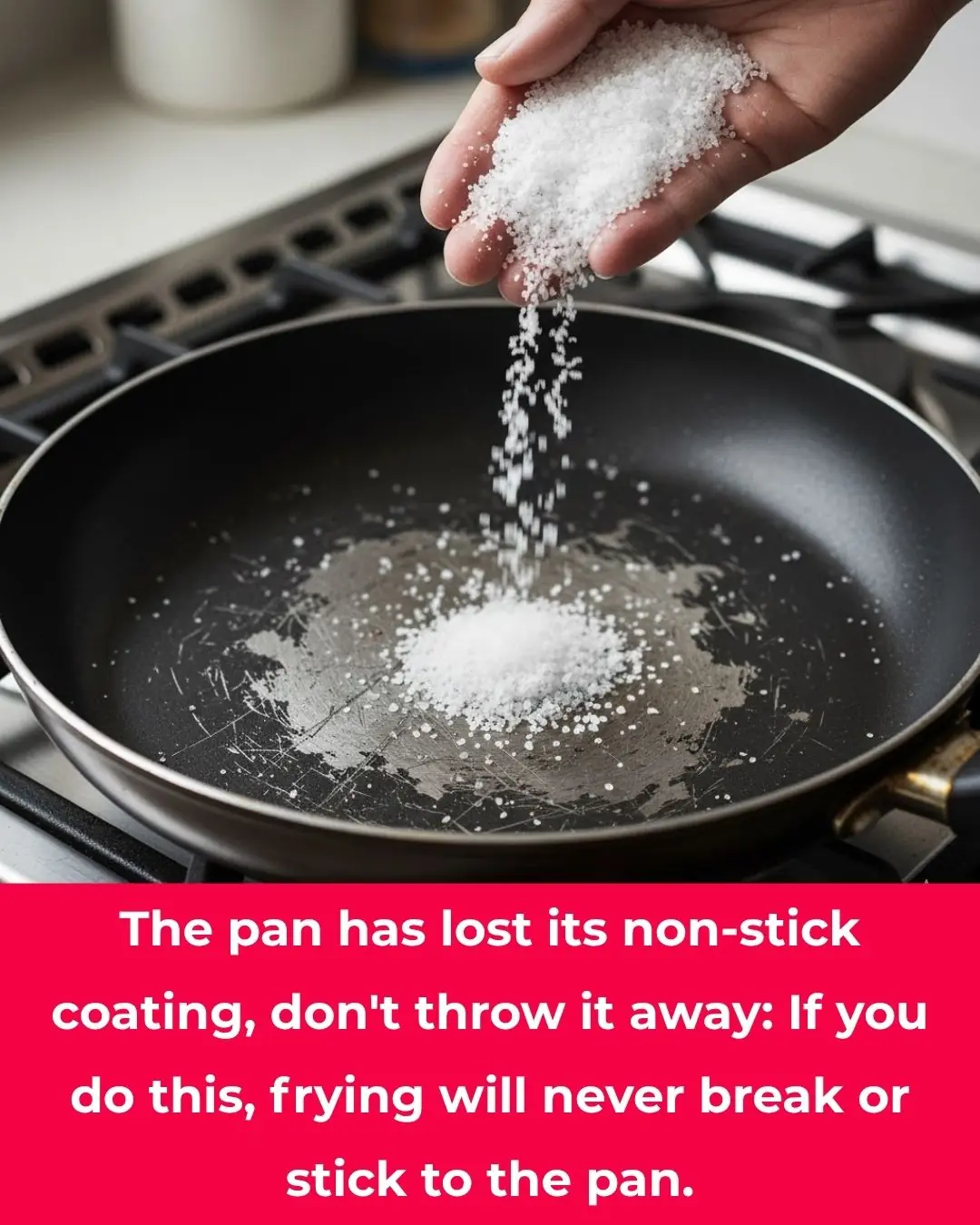
The pan has lost its non-stick coating, don't throw it away: If you do this, frying will never break or stick to the pan.
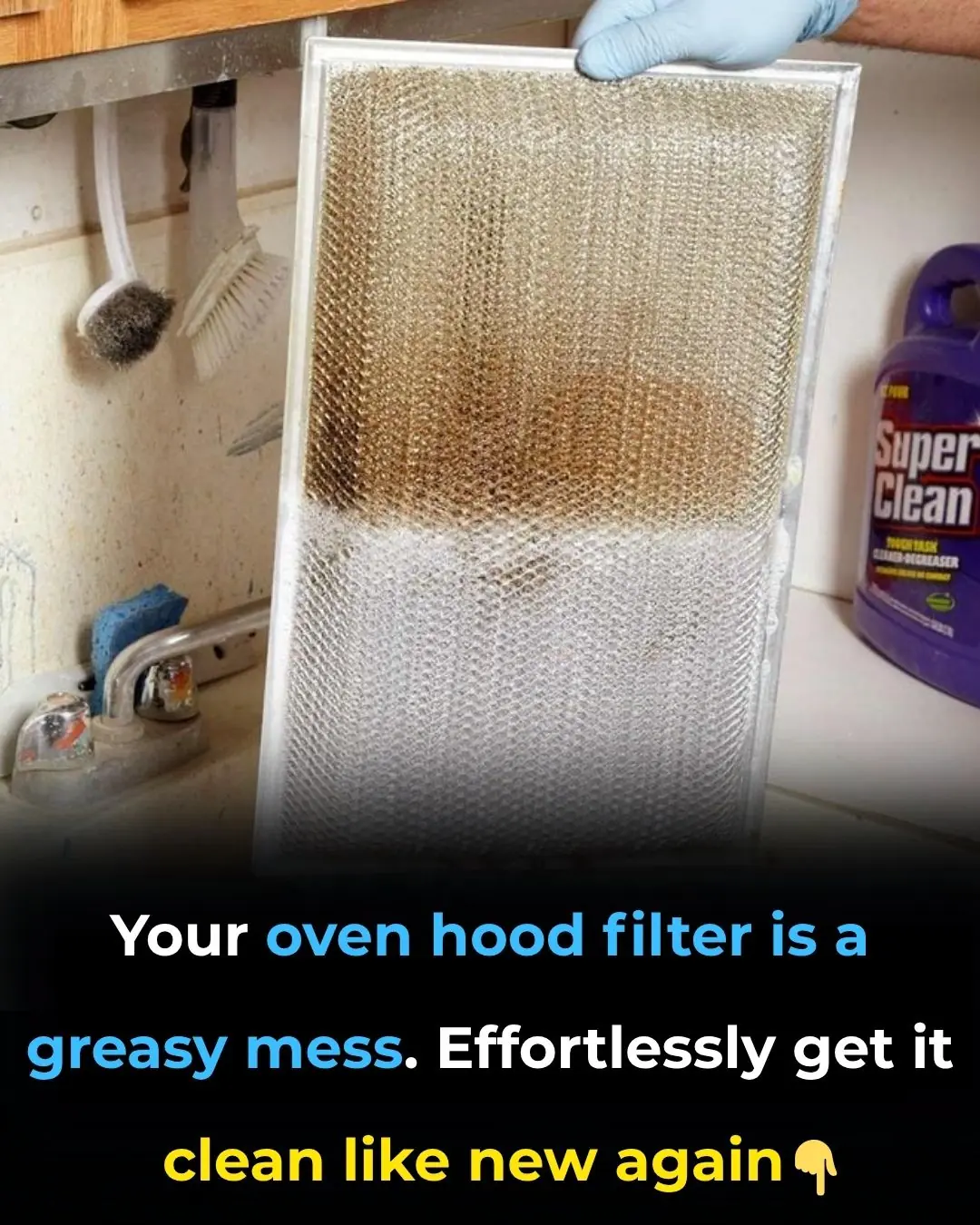
Your oven hood filter is a greasy mess. Effortlessly get it clean like new again

Stop refrigerating these 10 baked goods

Stop refrigerating these 10 breads and pastries

Stop believing these 10 things
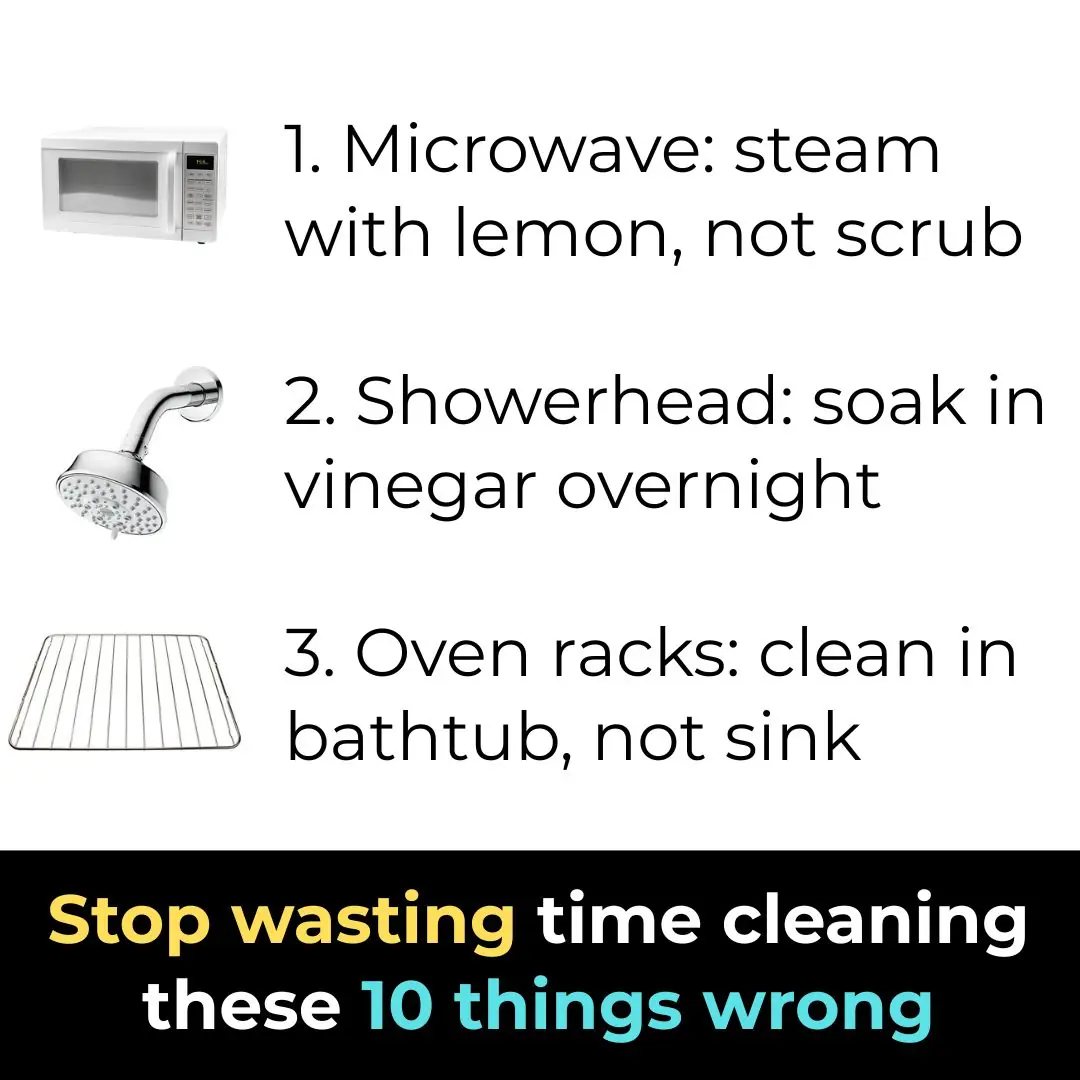
Stop wasting time cleaning these 10 things wrong

Stop buying these 10 things thinking they're healthy
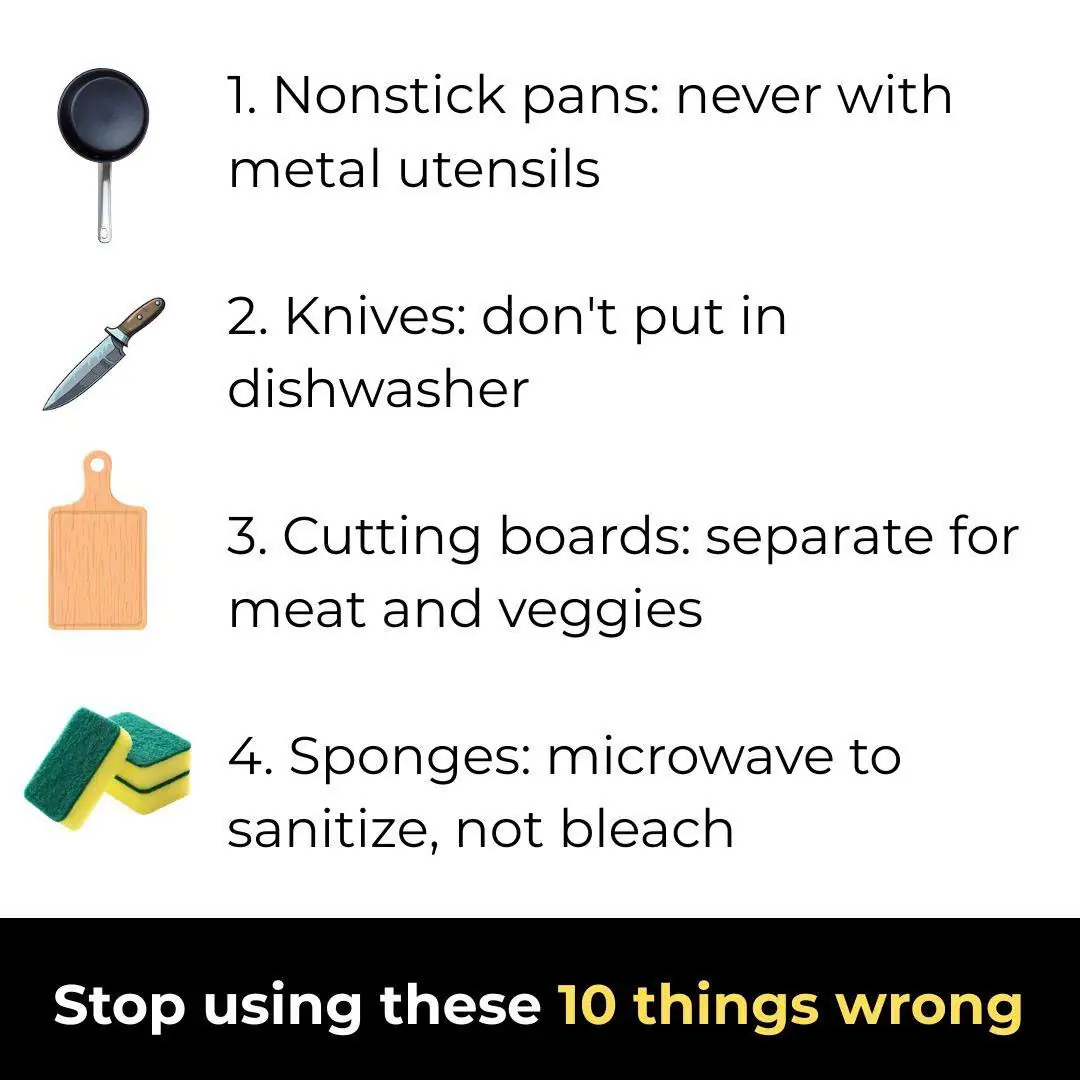
Stop using these 10 things wrong
News Post
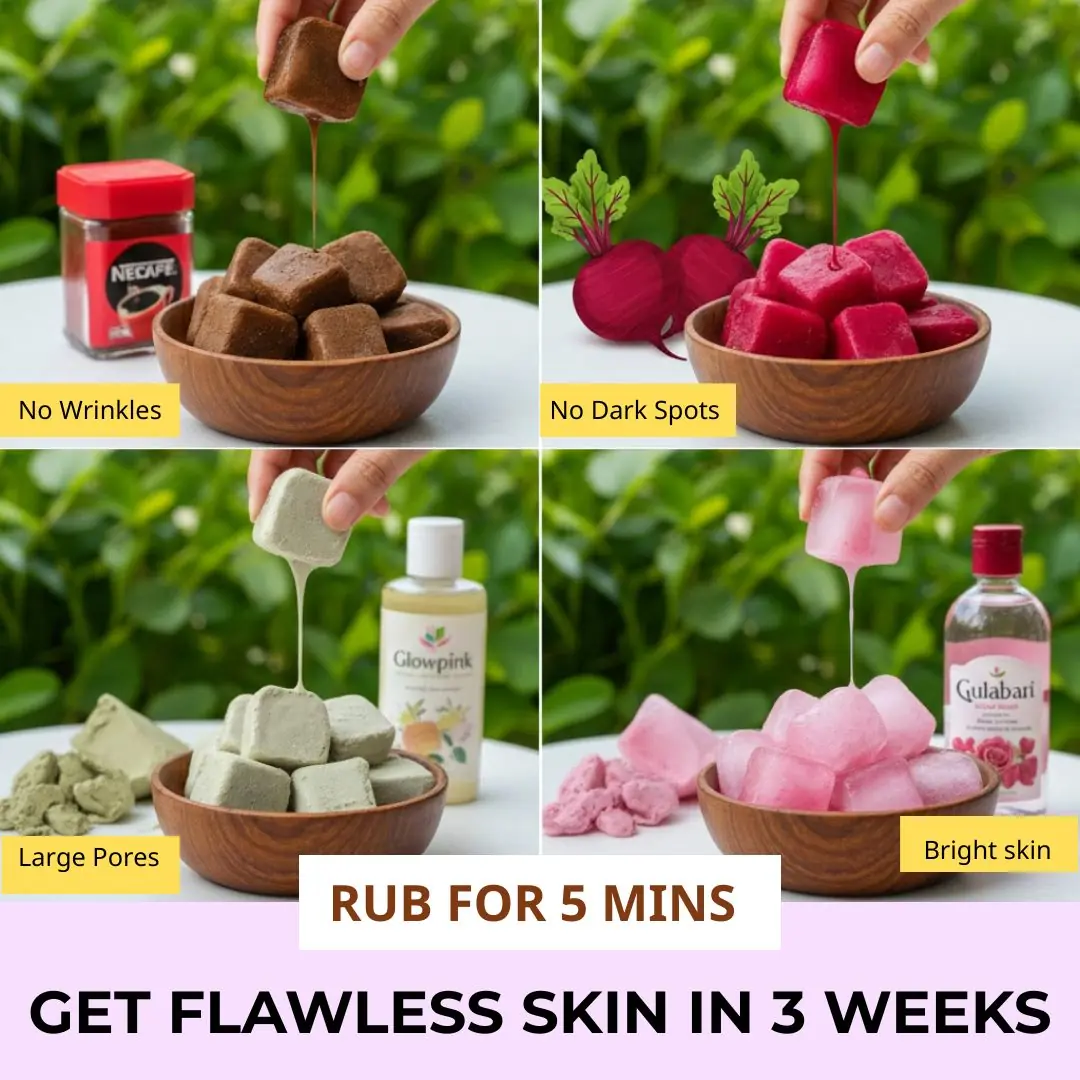
10 DIY Beauty Cubes for Beautiful & Flawless Skin

Help! My 8-year-old was bitten by this strange bug, and I’m really worried. My sister-in-law nearby has seen similar ones. Any idea what it is?

7 Best Ways To Use Lemon For Beautiful Skin

Horse Chestnut: The Strongest Natural Remedy for Swollen Legs and More…
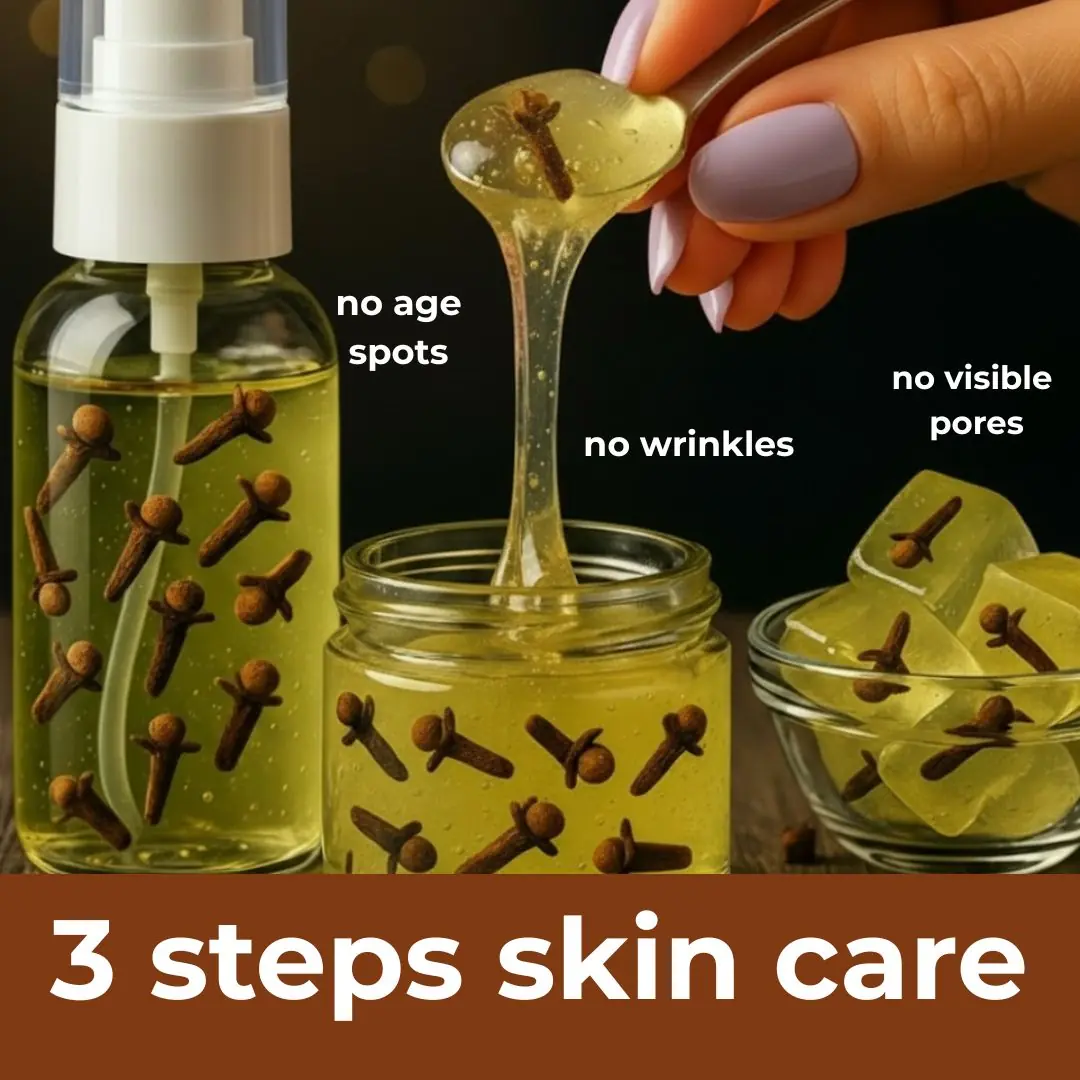
3 Steps Night Skin Care With Cloves

These ideas are brilliant

You’re doing it all wrong. Here’s the right way to use baking soda around home

Keeping these 4 things on your bedside table can easily cause insomnia and hair loss

You’re doing it all wrong. Here’s the right way to unclog a drain

Old Doctor’s Remedy: Almond Milk with Cloves Treats 15 Health Problems in Just 1 Week

Most do this wrong. 10 things that make mold grow faster

Doctors reveal that eating okra causes...

Take lemon and garlic on an empty stomach for 7 days — unclog your arteries

Put these two under your tongue to stop inflammation fast

Eat cloves every day, but avoid this common mistake!

How to make bean sprouts without watering, in just over 2 days you will have big, white bean sprouts

The 'immortality' vegetable grows wild in gardens and is extremely good for the lungs, but Vietnamese people dislike its strange smell so they rarely use it.

Eat okra regularly: These are the "golden" benefits that you should not ignore.
